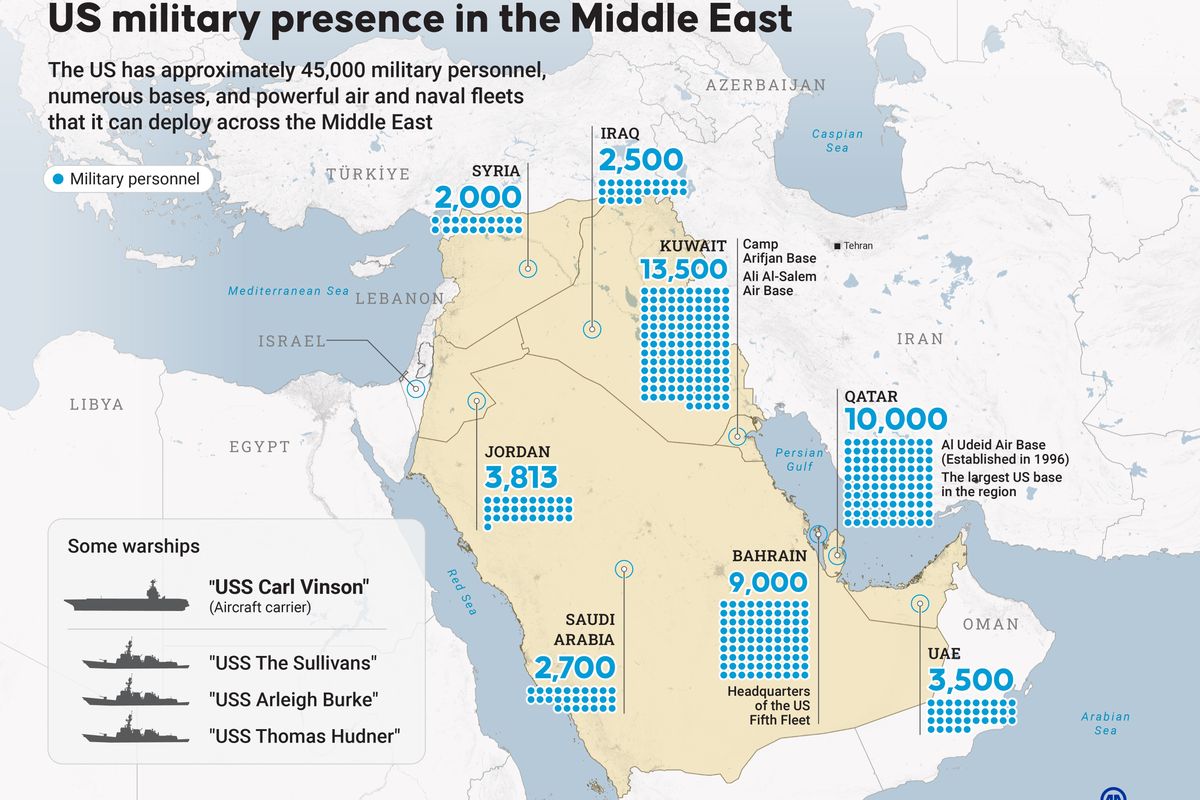The Department of Defense’s (DoD) Third Offset Strategy has been a subject of considerable confusion since its rollout in late 2014, with Deputy Secretary of Defense Robert Work, its key architect and primary champion, working hard to clarify the path forward that Third Offset charts for defense innovation. At its core, as Deputy Secretary Work has noted, Third Offset is less an answer than a set of questions:
1. How does the U.S. maintain technological superiority in a world where the pace of technological innovation is increasing rapidly?
2. How does the U.S. adapt as potential near-peer competitors identify and field new technologies and operational concepts that threaten the pillars of existing U.S. military superiority?
3. How does DoD identify and bring in innovation in a world where cutting-edge technologies are increasingly developed in the commercial sector?
With a new administration taking office in January, it is necessary to take a step back and evaluate the current status and the path forward for the Third Offset Strategy. What progress has DoD made in implementing the Third Offset Strategy? And, perhaps more importantly, will the Third Offset Strategy survive under new DoD leadership?
Where We Stand Today
DoD leadership has already achieved one critical step in moving Third Offset forward: getting the key leadership within the military services to buy into the ideas underpinning Third Offset. While there is still discussion on whether the solutions proposed by Third Offset will end up being the right ones, the military services have broadly accepted the diagnosis of future challenges that underpins the Third Offset.
The services have recognized that the days of unchallenged and perpetual U.S. military technological superiority are over, and that DoD needs to better identify innovative technologies to counter challenges to existing capabilities and develop new overmatch capabilities. This buy-in is critical, because as numerous top DoD officials have noted, a key barrier to innovation in DoD is cultural; innovative technologies bring new operational concepts, which challenge existing operational concepts that the military services have accepted and organized themselves around.
There have been a few other indicators of progress in implementing the Third Offset strategy in recent months. Allies, particularly the United Kingdom, have shown increasing interest in working with DoD on innovation, trying to find ways for DoD to effectively share new technologies and operational concepts with key partner nations. The military services have stood up Rapid Capability Offices as a way to shorten the lag time between identifying technology solutions to critical capability needs and putting the tools in the hands of the warfighter.
DoD’s Strategic Capabilities Office is working to find new ways to use existing capabilities, such as adapting the Army’s existing ATacMS surface-to-surface missiles for use as a shore-to-sea capability. And Defense Innovation Unit Experimental (DIUx), DoD’s effort to reach out to Silicon Valley and other innovation hubs, has begun to overcome a rocky beginning by opening new offices and issuing more contracts ($36 million in the fourth quarter of 2016) in recent months.
Numerous Challenges on the Path Forward for Third Offset
Of course, all of this work will be for naught if the new DoD leadership team that comes in with the new administration decides it wants to chart an entirely different course on innovation. As no nominee for Secretary of Defense has yet been put forward, let alone for other DoD and military service leadership positions, it is far too early to meaningfully speculate as to whether the incoming DoD leadership will be interested in continuing work on the Third Offset Strategy.
Support for Third Offset among key Congressional leadership on defense issues, particularly House Armed Services Committee Chairman Mac Thornberry, may prove critical to preserving the Third Offset Strategy in some form. However, the upheaval of a new administration, with key leadership jobs unfilled for months and considerable uncertainty about the next administration’s policies and priorities, will likely slow progress on implementing Third Offset in the coming months.
That uncertainty will also affect efforts to coordinate with allies and partners. Disruptions in relations between the United States and key allies could jeopardize efforts to coordinate on innovation and leverage partner capacity and innovation as a force multiplier. Similarly, a breakdown of relations could add significant complications to efforts by DoD to access innovation in the global commercial marketplace, which has been a key priority for DoD leadership. With more and more technological innovation being done outside of the United States, DoD innovation efforts would be notably hamstrung by deterioration of relationships with partner nations.
Outside of the transition, DoD faces other challenges if the Third Offset Strategy continues in the new administration. DoD must find ways to bring innovators into key policy positions, despite a sclerotic personnel system and an inability to compete with the commercial sector on salary. DoD must continue to find ways to lower the barriers of entry into the defense contracting market for commercial firms who, at present, often do not see a viable business case for working with DoD due to concerns over such issues as intellectual property rights and cost accounting. Even if Third Offset goes the way of former Defense Secretary Donald Rumsfeld’s Transformation initiative of the 2000s, however, these same challenges will confront any effort by DoD to innovate in the face of an increasingly competitive global technological and military landscape.










